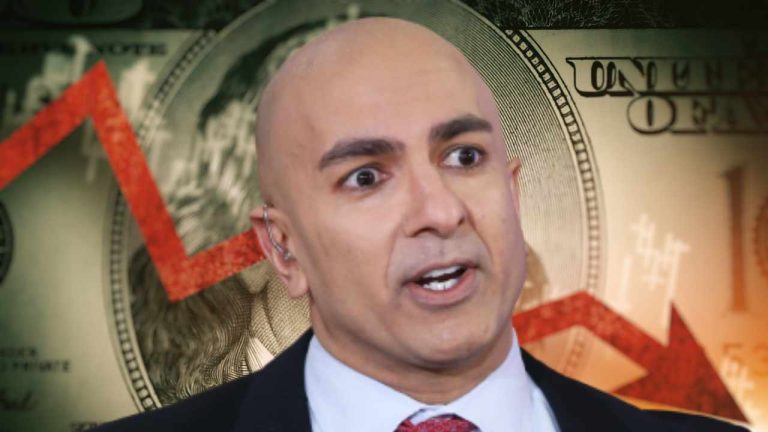In the last two years, futures contracts have become majorly popular among crypto traders and that has become quite evident as the total open interest on derivatives doubled within three months.
Thus, understanding open interest, funding rates, and the differences between the futures contracts is the originating point for any investor who is interested in trading cryptocurrency-based derivatives.
More proof of their popularity came as futures turnover exceeded gold, which is a well-established market with around $107 billion in daily volume. Nevertheless, every exchange has its order book, index calculation, leverage limits, and rules for the cross and isolated margin. These differences may appear superficial at first, but they can make a considerable difference depending on the traders’ needs.
Open Interest
As shown in the market chart, the cumulative aggregate futures open interest surged from $19 billion to the current $41 billion in three months. In the meantime, the daily traded volume has exceeded $120 billion, higher than gold’s $107 billion.
 Aggregate futures open interest (blue) and daily volume (black). Source: Bybt
Aggregate futures open interest (blue) and daily volume (black). Source: Bybt
While the Binance futures hold the bigger share of the market, several competitors have relevant volume and open interest, including Bybit, FTX, and OKEx. Some differences between the crypto exchanges are obvious, like FTX charging perpetual contracts (inverse swaps) per hour instead of the normal 8-hour window.
 BTC and ETH futures open interest, USD. Source: Bybt
BTC and ETH futures open interest, USD. Source: Bybt
Please note how CME holds the third position in Bitcoin futures in the market charts, despite offering exclusively monthly contracts. The traditional CME derivatives markets also stand out for needing a 60% margin deposit, though brokers might offer leverage for particular clients.
Stablecoin Compared To Token-Margined Contracts
For the case of cryptocurrency exchanges, most of them support up to 100x leverage. Tether orders are normally denominated in bitcoin terms. In the meantime, the inverse perpetual (token margined) order books get displayed in contracts, which may be valued at $1 or $100 depending on the crypto exchange.
 BTC perpetual USDT futures order entry. Source: Bybit
BTC perpetual USDT futures order entry. Source: Bybit
The picture shows that Bybit USDT futures order entry needs a bitcoin-denominated quantity and the same process takes place on the Binance exchange. On the flip side, OKEx and FTX offer clients an easier way that enables the customer to enter a USDT quantity, while instantly converting to bitcoin terms.
 BTC perpetual USDT futures order entry. Source: OKEx
BTC perpetual USDT futures order entry. Source: OKEx
OKEx offers a USDK pair in addition to the USDT-based contracts. Also, Binance perpetual futures offer a Binance USD (BUSD) book. Thus, for the people unwilling to use Tether as collateral, other options are available.
Variable Funding Rates
Some of the crypto exchanges let their clients use significantly high leverage and while that may pose a general risk as liquidation engines and insurance funds are in place for such situations, it will considerably pressure the funding rate. Hence, longs are normally penalized on these crypto exchanges.
 ETH futures 8-hour funding rate. Source: Bybt
ETH futures 8-hour funding rate. Source: Bybt
The market chart indicates that Binance and Bybit normally display a higher funding rate, while OKEx continuously presents the lowest. Traders must understand that there are no rules that enforce this market condition, and the rate may change between assets or momentarily leverage demand.
Even a 0.05% difference equals 1% in addition to costs per week. This means that it is crucial to compare the funding rate now and then, especially in the bull markets when the fee seems to escalate rapidly.

 3 years ago
168
3 years ago
168 

